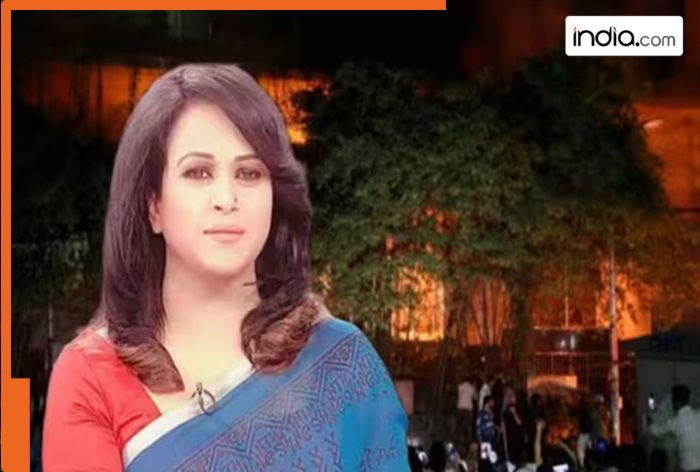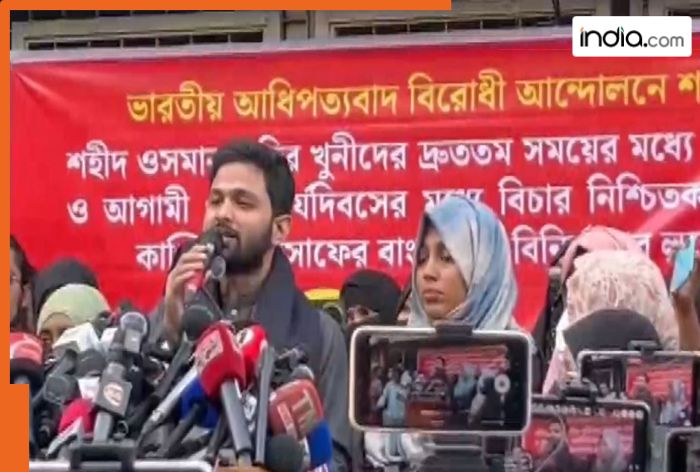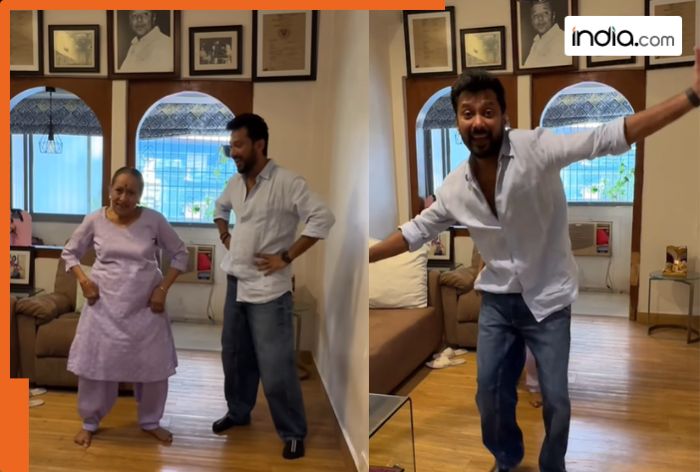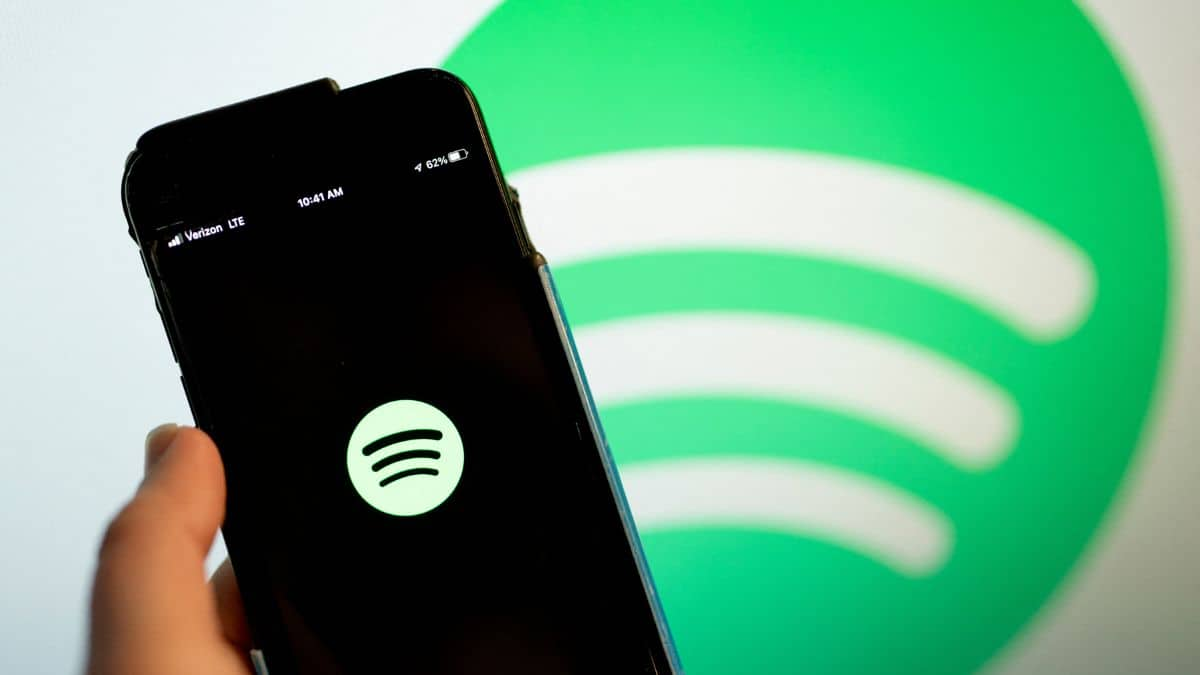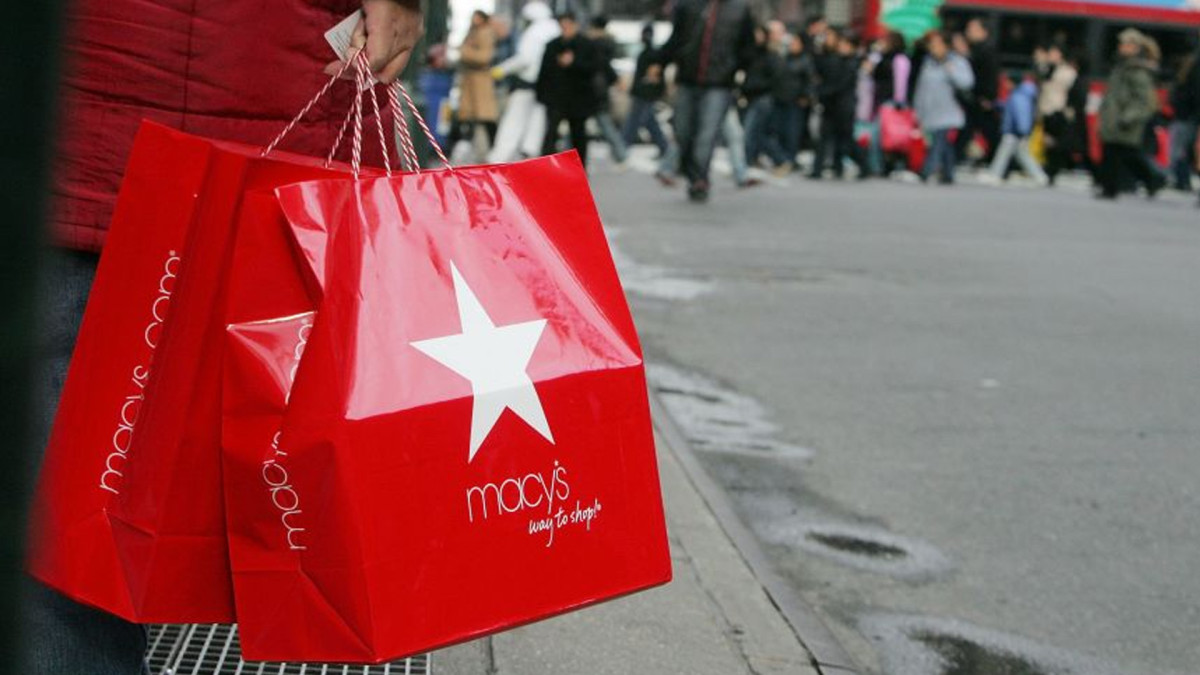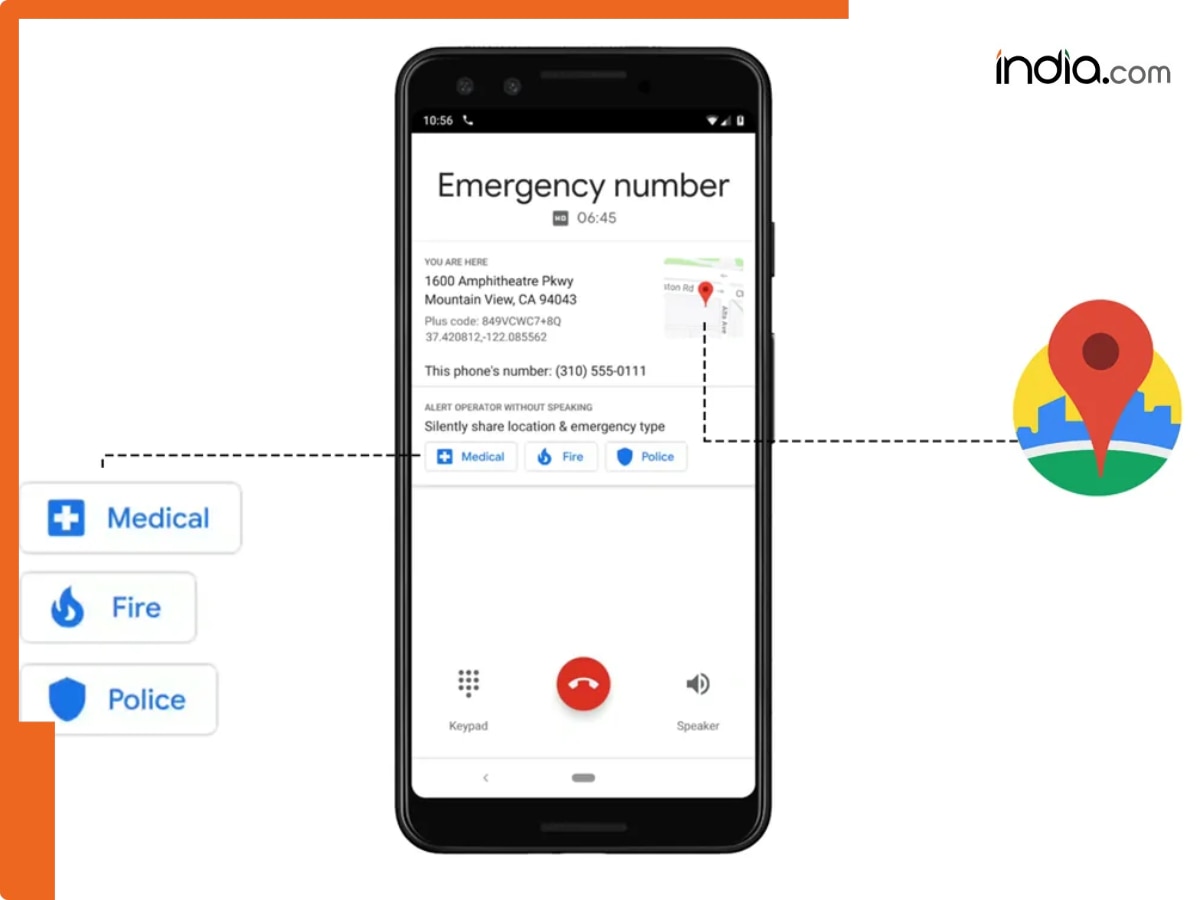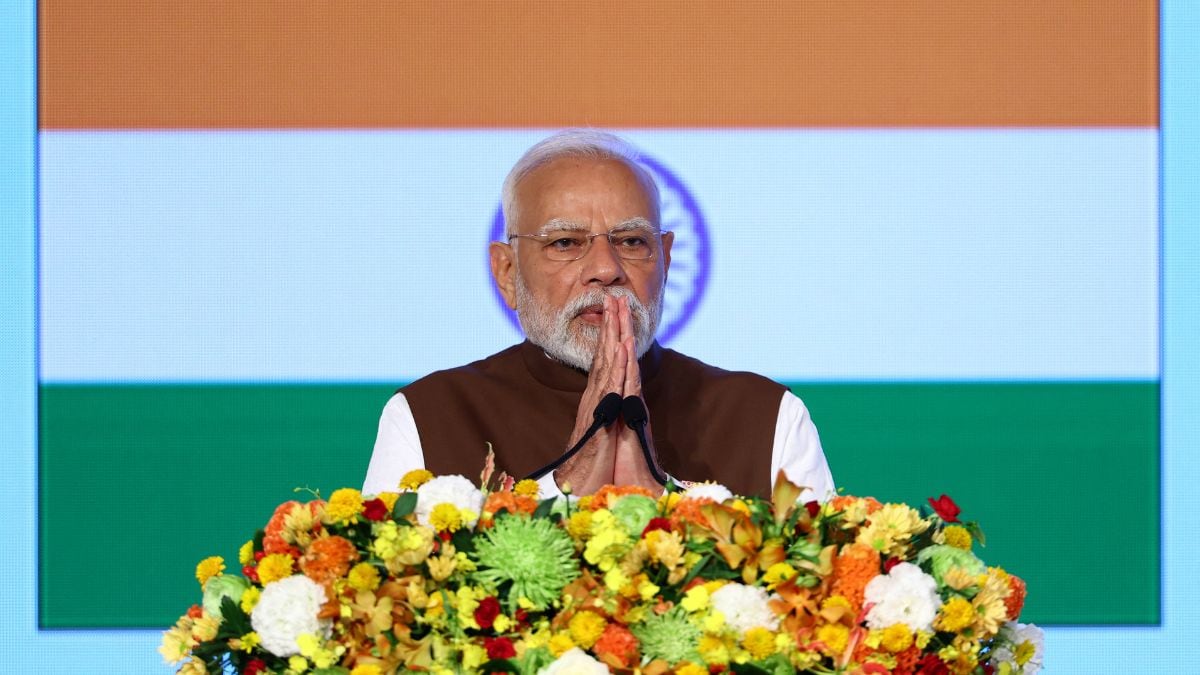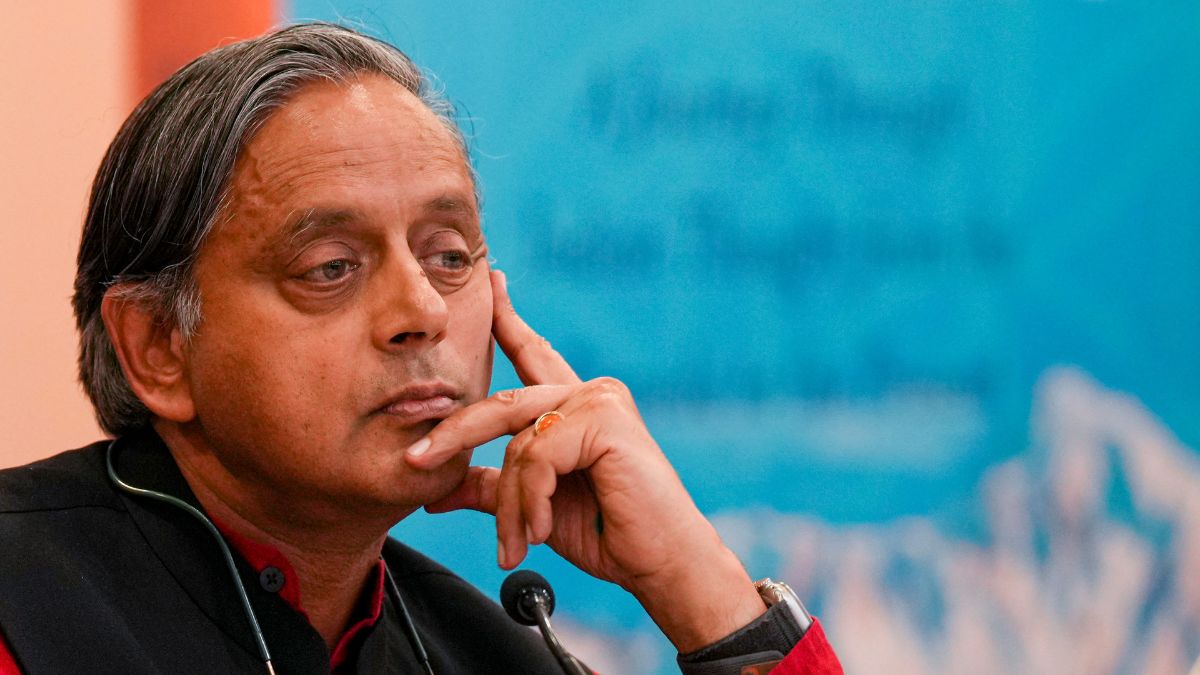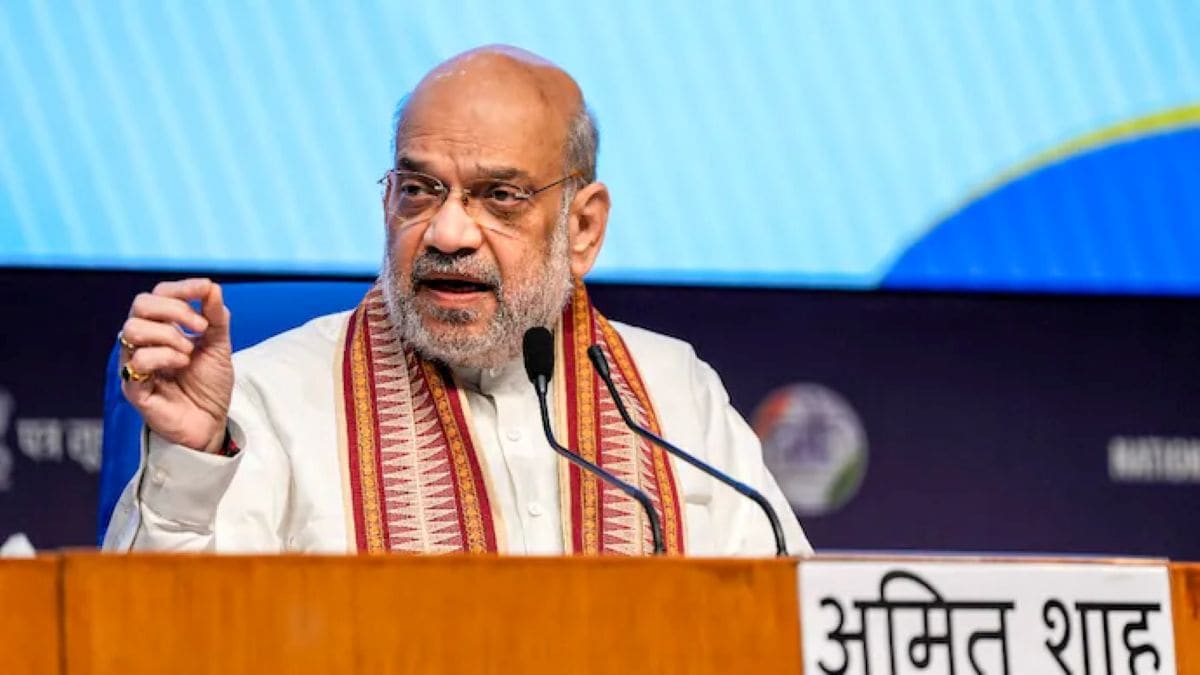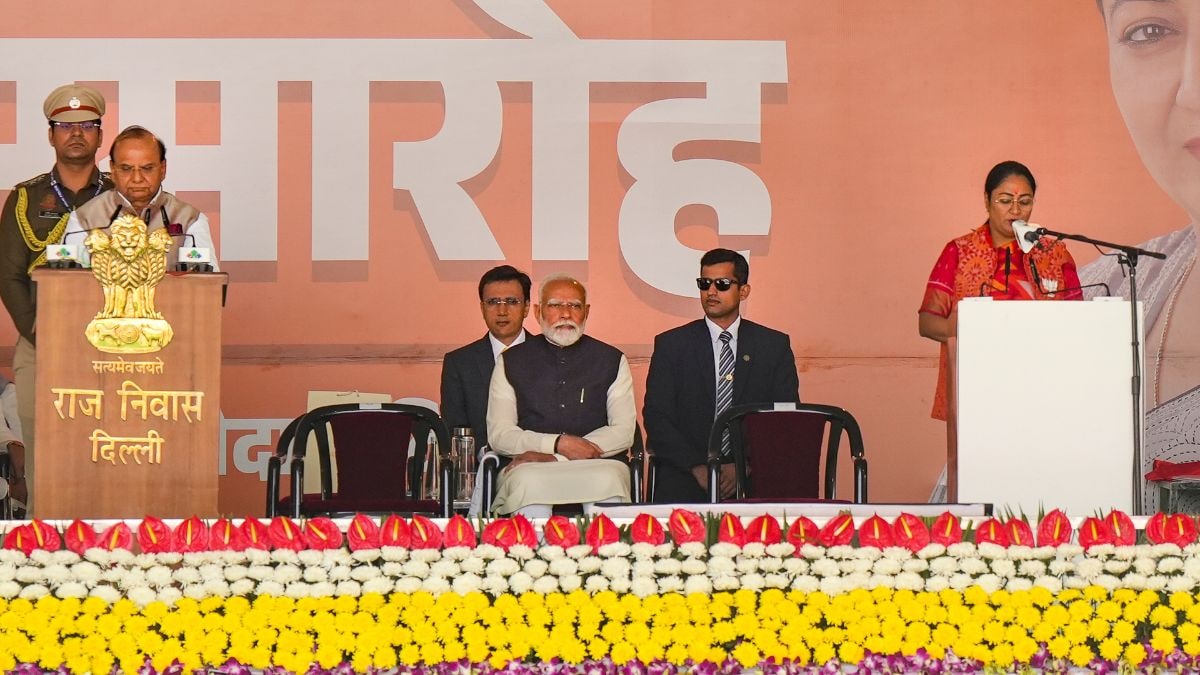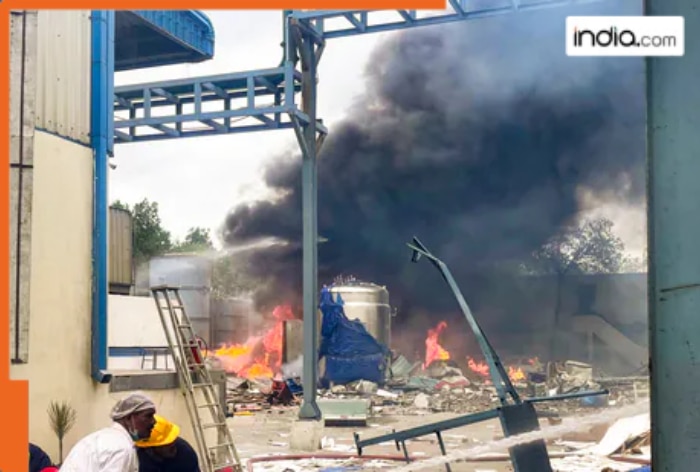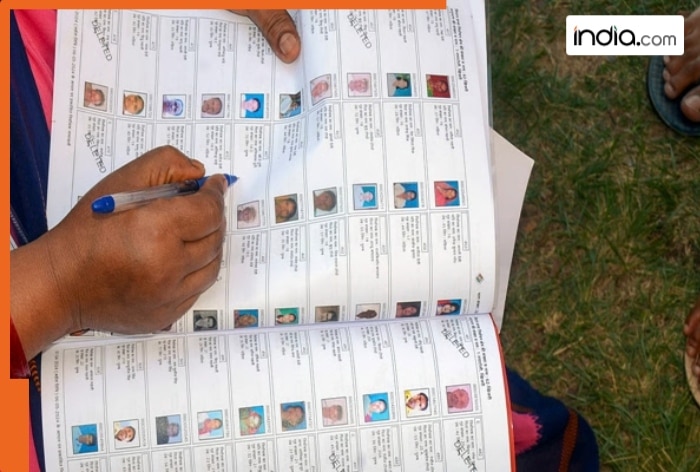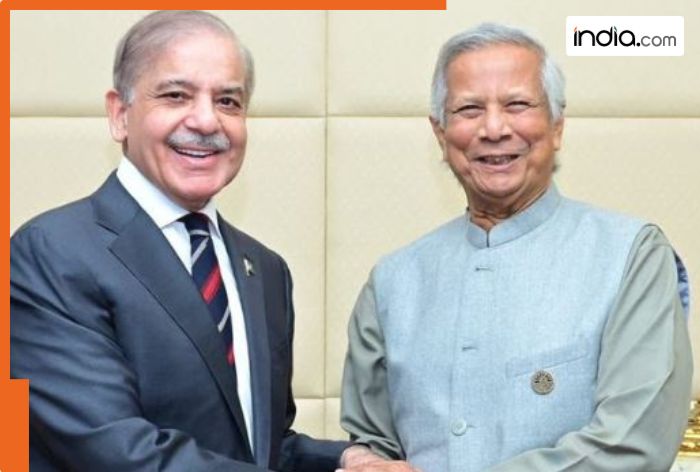Delhi Pollution: Air quality falls to ‘severe’ category, sources contributing to pollution are…
Delhi’s AQI falls to ‘severe’ category with AQI between 234 and 355. Major pollutants include PM2.5, PM10, CO, SO2, NO2, and ozone.
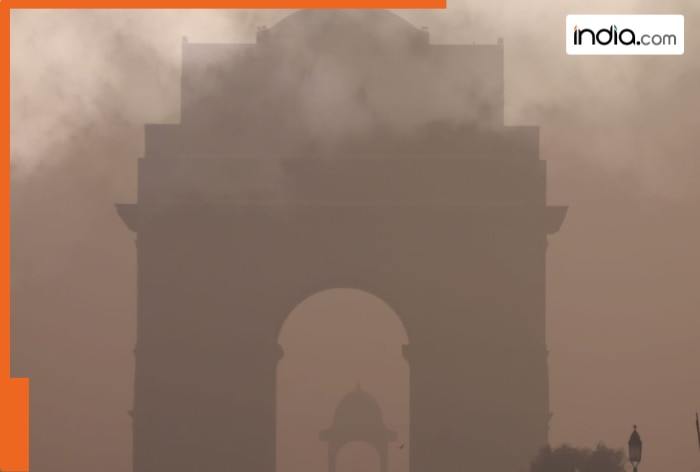
Delhi Air Quality Today: The air quality of the national capital remained “very poor” for the fourth straight day on Thursday, causing severe concern for children, the elderly, and people suffering from breathing problems. According to AQI.in’s Real-time Air Pollution Level, the overall AQI of Delhi was 234 (at 6:30 am), which is in the ‘very poor’ category. However, the Air Quality Early Warning System (Delhi) showed an AQI of 355 for the national capital. On the day of Diwali, the overall AQI stood at 345.
#WATCH | The Air Quality Index (AQI) in the ITO area was recorded at 353, in the ‘Very Poor’ category as per the Central Pollution Control Board (CPCB) pic.twitter.com/l8u0BhaMbS
— ANI (@ANI) October 23, 2025
Are ‘Unaccounted Sources’ The Biggest Contributors To Pollution?
According to Decision Support System (DSS) for air quality management, mix of pollution sources affecting Delhi have shifted since Diwali on October 20. AQI.in showed the major air pollutants that are majorly responsible for the deteriorating air quality in the national capital are – Particulate Matter (PM 2.5), Particulate Matter (PM 10), Carbon Monoxide, Sulphur Dioxide, Nitrogen Dioxide, and ozone.
| Pollutant | Full Name | Symbol | Concentration | Unit |
|---|---|---|---|---|
| PM2.5 | Particulate Matter | PM2.5 | 157 | µg/m³ |
| PM10 | Particulate Matter | PM10 | 220 | µg/m³ |
| CO | Carbon Monoxide | CO | 519 | ppb |
| SO2 | Sulfur Dioxide | SO2 | 4 | ppb |
| NO2 | Nitrogen Dioxide | NO2 | 32 | ppb |
| O3 | Ozone | O3 | 5 | ppb |
Why Are People Seeking Treatment?
People are seeking treatment at various hospital OPDs with symptoms including shortness of breath, coughs, headaches, eye irritation, stress, and insomnia. As per a report by Amar Ujala, the medication dosages of patients suffering from diseases like – asthma, bronchitis, and COPD have also increased due to the pollution.
STORY HIGHLIGHTS
- Delhi’s AQI falls to ‘severe’ category with AQI between 234 and 355.
- Major pollutants include PM2.5, PM10, CO, SO2, NO2, and ozone.
- Hospitals report a 10–20% rise in respiratory patients post-Diwali.
- Common symptoms include cough, breathlessness, and eye irritation.
According to Dr Kuldeep Kumar, professor in the Department of Medicine at Guru Teg Bahadur Hospital, the number of patients with respiratory problems has increased by 10-20 percent in the hospitals. He said that allergic bronchitis is a common condition, caused by regular coughing, difficulty breathing, chest tightness, and wheezing.
As per Dr Prafull Kumar, Additional Medical Superintendent and Media Coordinator at Lok Nayak Hospital, due to pollution the number of patients in OPD has increased. Children and the elderly are visiting hospitals with respiratory problems. Cough is the most common problem among these patients.
What's Your Reaction?










